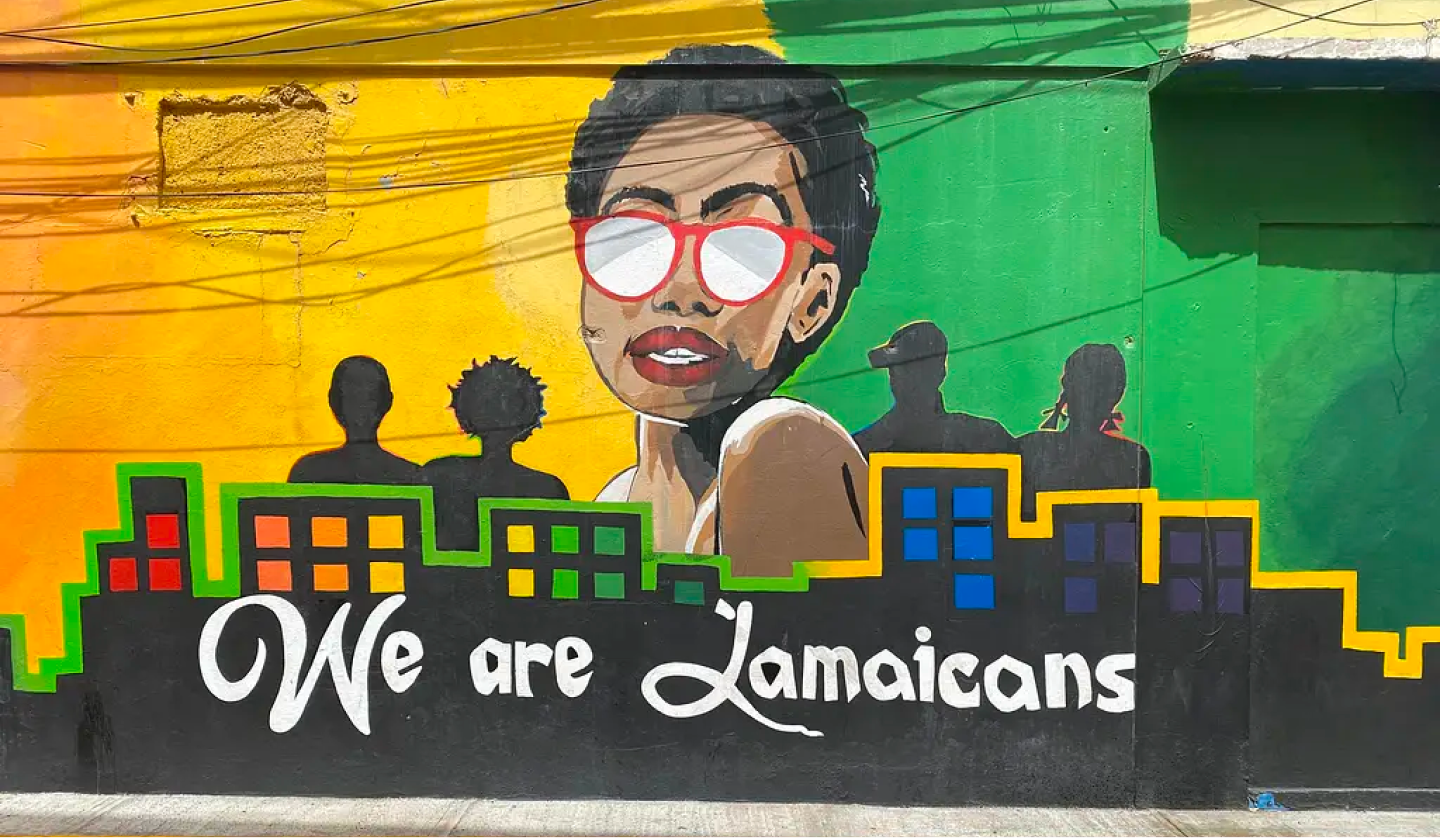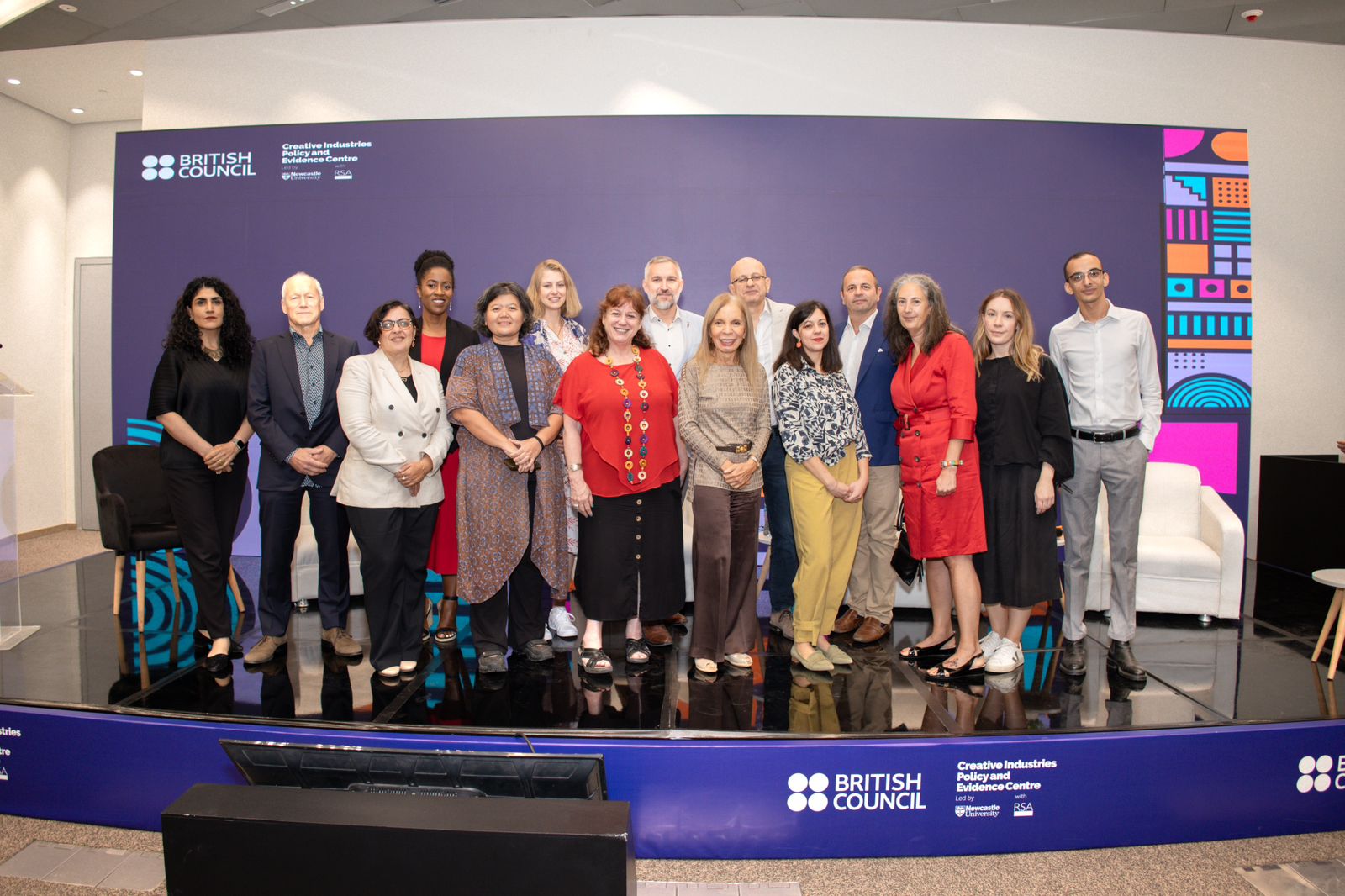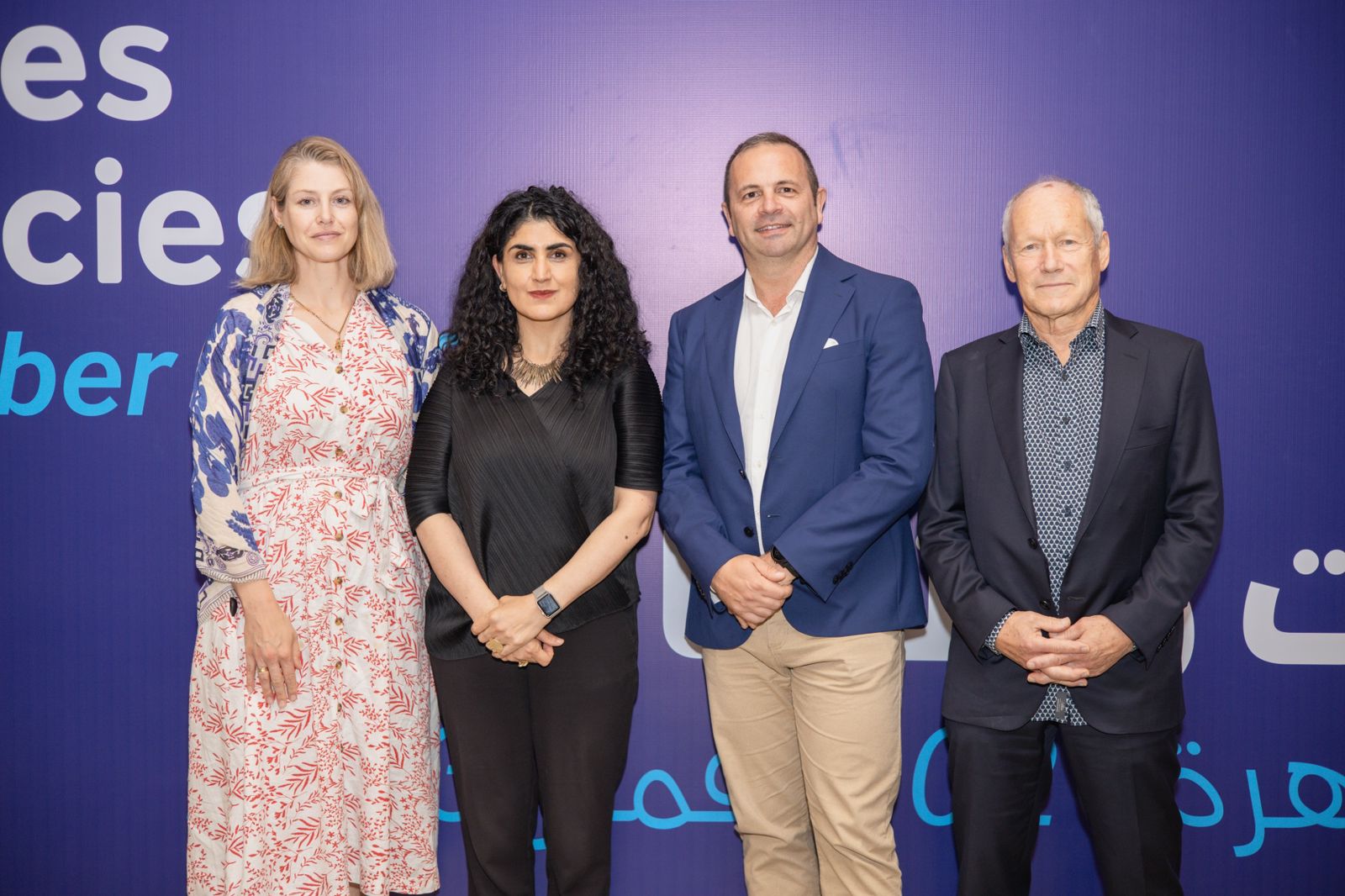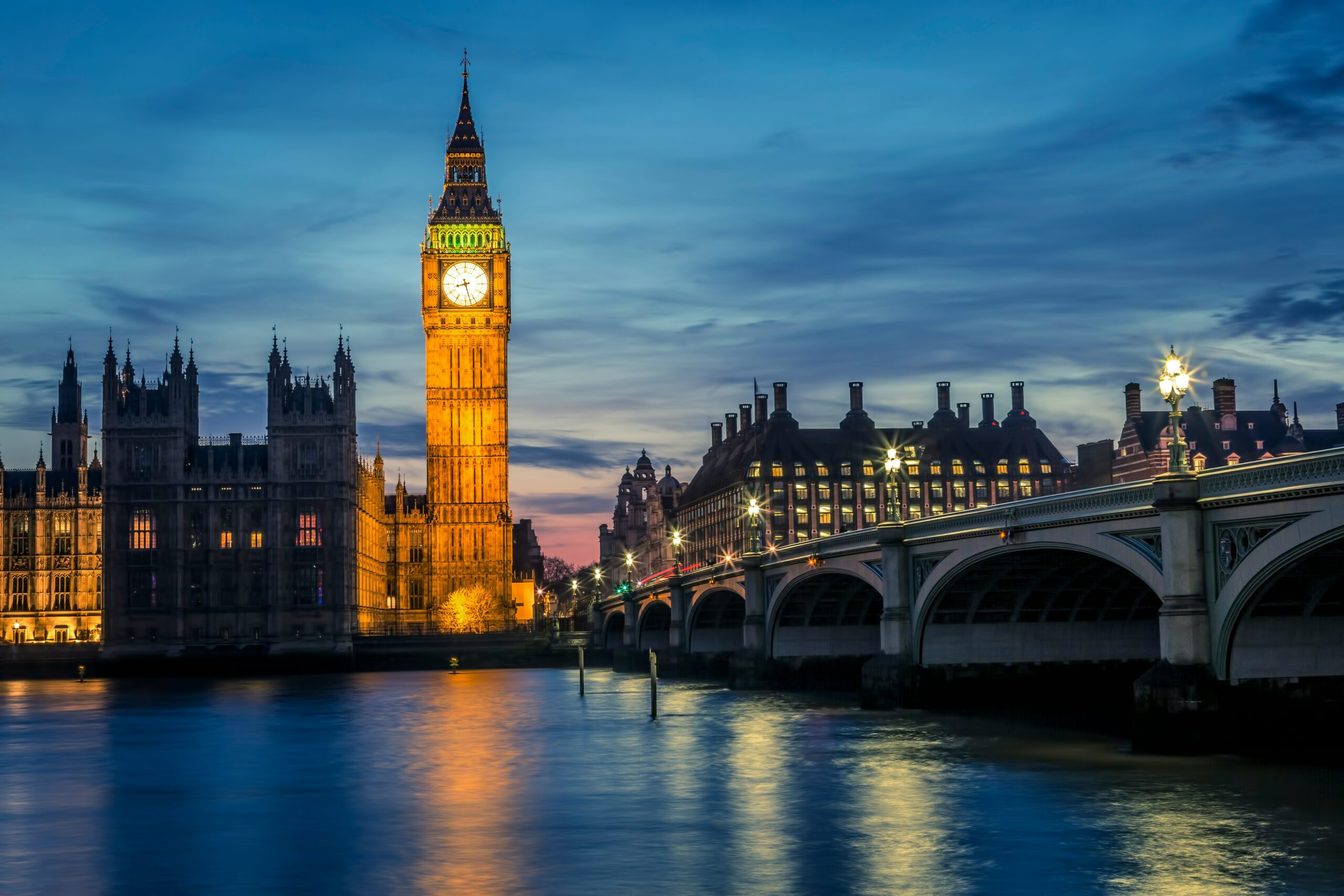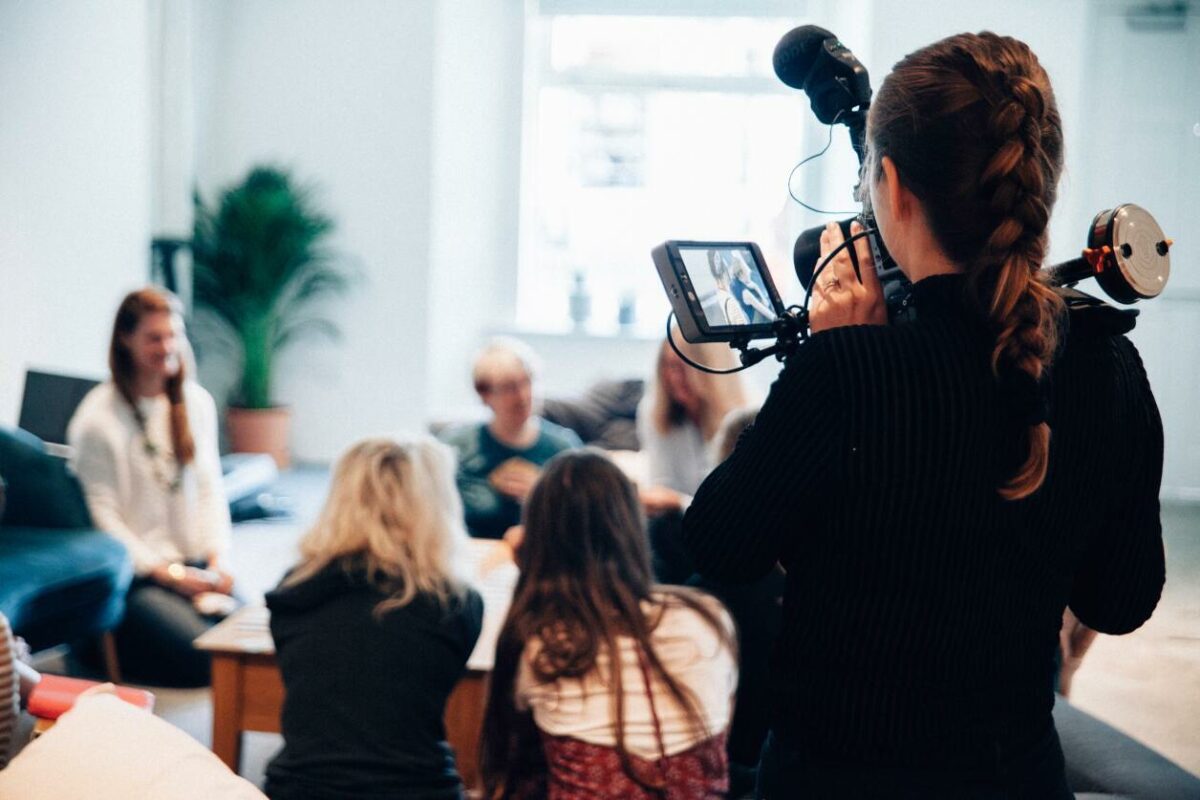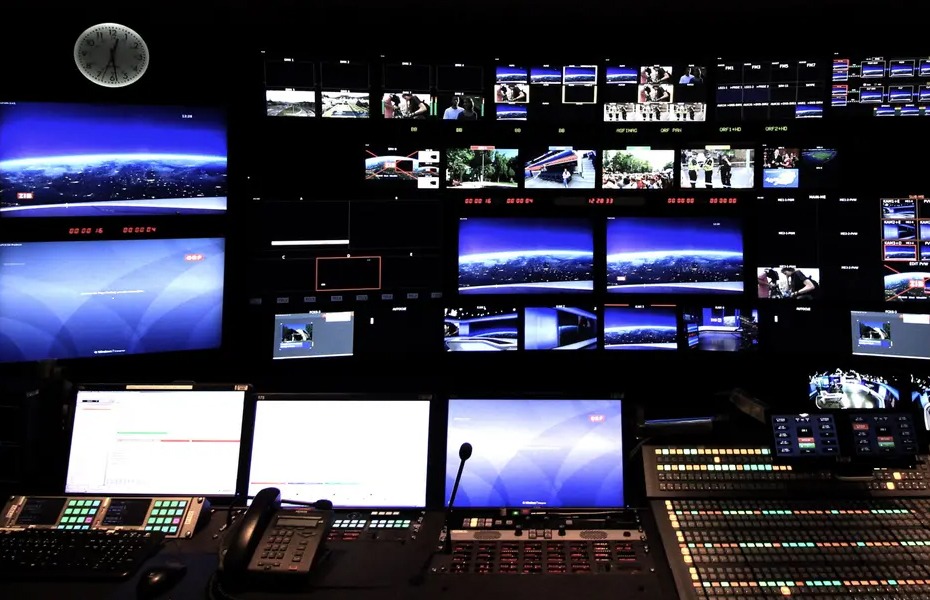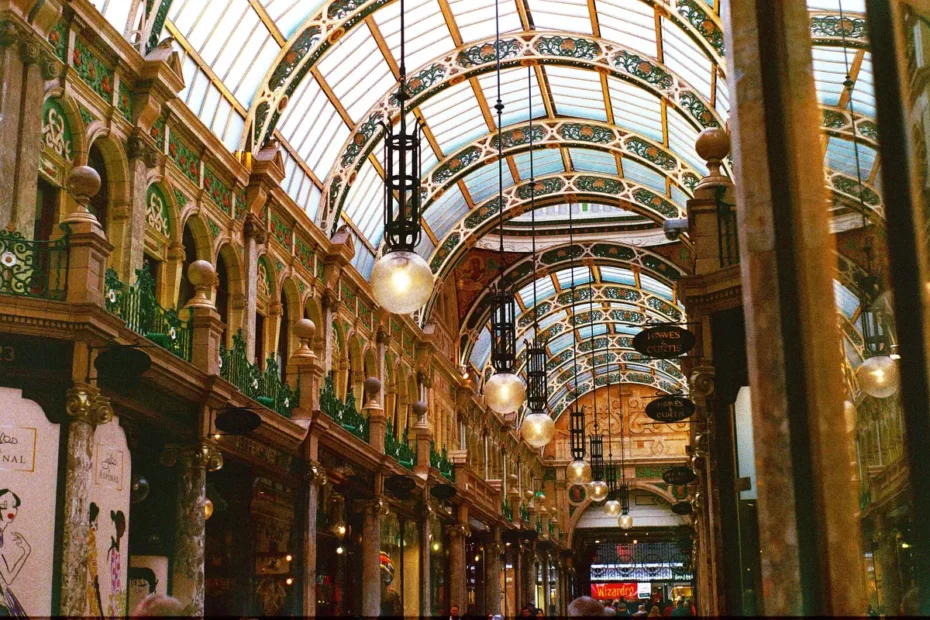The PEC is a fascinating opportunity to connect a whole range of different research approaches, answering questions about the creative industries that are beyond the scope of any one academic discipline or field. In this blog I’m going to consider some findings that have emerged in recent work on inequality and the creative economy, primarily from sociology and media studies, to show some of the challenges and some of the opportunities for the PEC’s research programme.
The unequal nature of the creative workforce in the UK has become a high-profile policy issue. Lesley Giles has already covered some of the core issues and presented some of the statistics in her PEC blog post, Driving more successful creative industries through diversity and investing in talent. At the same time, inequalities associated with the products of creative industries, for example the narrow social basis of the audience for key cultural activities, such as opera or theatre, are longstanding issues for both policy and research. As new opportunities in these sectors emerge, such as those associated with immersive technology, there remains the question of who will benefit? Will the new opportunities be enjoyed by a similarly narrow range of individuals and communities?
These questions can be further developed with a third element, the issue of representation. This connects inequalities in production and consumption. It also brings into play a set of questions about the social impact, or social consequences of the way the creative economy is organised. It is not just a matter of whether the right individuals with the right skills are being matched to the right jobs in the labour market. Nor is it simply a question of whether the pipeline of talent is functioning to reflect the diversity of British society in audiences and workforces. The social consequences of inequality in creative industries go beyond even these, vitally important, issues.
There are a range of examples. At the moment the Digital, Culture, Media and Sport (DCMS) Select Committee is investigating regulation of reality television. Academic research has long suggested this genre presents negative images of particular communities. This is in the context of more general debates about media representations. In addition, we know of the importance of business models and the political economy of television production- costs and profits – in driving commissioning and programming decisions. The exact relationship between this part of cultural production and social inequality is an ongoing subject for research.
The role of commissioning is crucial here. Commissioning is one of the most important jobs shaping who and what makes it on to television, and who and what is excluded. This is true of other cultural industries, such as theatre and publishing. In turn, what doesn’t make it past the commissioning stage is sometimes seen as too ‘risky’, not because of any lack of talent or ability, but rather because of the assumptions on the part of commissioners. Recent work on social mobility into creative occupations, including television, has shown there are a range of hidden barriers to who gets in and gets on. Working in commissioning is heavily dependent on having the right set of cultural knowledge. This isn’t just having the sort of knowledge of culture that has traditionally been given social status. Rather it is the ability to show command and knowledge of a range of different cultural forms. Thus, having the right cultural resources, the right set of cultural capital, is crucial in gaining access to positions of power over creative production.
This example points towards more general consequences of inequality in the creative economy. We can see these consequences when we consider American research on hiring in top professional occupations. Here there is a process of ‘hiring as cultural matching’. Again, this is not about having high, traditional, or elite cultural tastes, but is about displaying the sort of interests in culture that suggest a fit with the same approach to cultural consumption already represented by employees already working in these professional organisations. To return to creative jobs, we can see from American research how being a consumer of a range of different cultural forms, and showing knowledge and enthusiasm across genres and activities, is crucial in this process of cultural matching for creative work.
This set of examples suggest what the creative industries produce is important in shaping the makeup of top professions and thus who is best paid and most powerful in society. Research on inequality should, therefore, take creative industries much more seriously, just as creative industries should be considering issues of inequality across workforces, users and audiences, and representations.
All of these areas are covered by the PEC’s research skills and specialisms, whether public service broadcasting, skills and labour markets, or the broader social value of creative industries. We can offer insights for policy makers about how best to tackle these problems through new datasets and analysis of sources previously not seen as relevant to creative economy research; more detailed work on definitions, for example of social class origins; summaries of ‘what works’ drawn from occupations and organisations beyond the creative sector; and new approaches to research, including experiments to work out what is, and what is not, best practice.
The PEC’s blog provides a platform for independent, evidence-based views. All blogs are published to further debate, and may be polemical. The views expressed are solely those of the author(s) and do not necessarily represent views of the PEC or its partner organisations.
Related Blogs
Island in Transition: The Journey from Reggae Music Mecca to Creative Economy Hub
Andrea Dempster Chung, Co-founder and executive director of Kingston Creative A blog from Creative P…
UK engagement in Central Asia: Education and the creative economy in the territories of the ‘new Silk Roads’
Dr Martin Smith and Dr Gerald Lidstone look at the history of the British Council's work in Central …
Creative Industries in Egypt: An Overview
Omar Nagati – GCEC Member and Co-Founder of CLUSTER – outlines the findings of a study into the crea…
Introducing the Global Creative Economy Council (GCEC)
Hasan Bakhshi and Rehana Mughal explain what the GCEC is trying to achieve and how the network will …
Global Creative Economy Council: An introduction from the Chair
John Newbigin introduces Creative PEC's Global Creative Economy Council
Creative PEC’s response to the Spring Budget 2024
Creative Industries in the 2024 Spring Budget The creative industries are a significant part of the …
Copyright protection in AI-generated works
Timely exploration of copyright law and AI generated creative content
The economic value of cinema venues to their communities
In a tough economic climate for cinemas and where there is limited public funding, it is important t…
Creative diversity in higher education
As the APPG for Creative Diversity launches their annual report, ‘Making the Creative Maj…
Estimating the Contribution of Arts, Humanities and Social Sciences (AHSS) R&D to Creative Industries R&D
The UK’s creative industries are hugely innovative; PEC research has suggested that over two-th…
The Media Bill and the future of Public Service Broadcasting policy
In March the government published the first draft of its long-awaited Media Bill. The Bill prop…
Creative spillovers: Do the creative industries benefit firms in the wider economy?
The creative industries are a force for innovation in the UK. Firms in the creative industries (CIs)…

